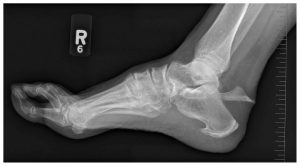
Whilst there is not consensus and advice will vary between practitioners, It is generally recommended to wait at least 24 hours after a cortisone injection in the foot before driving or operating heavy machinery. This is because the injection site may be sore and there may be some temporary numbness or weakness in the foot, which can affect your ability to control the pedals.
Additionally, cortisone is a steroid medication that can cause side effects such as dizziness, fatigue, and blurred vision, which can also impair your ability to drive safely. It is important to discuss any concerns or questions you may have about driving after your cortisone injection with your doctor, who can provide you with specific guidance based on your individual situation.




